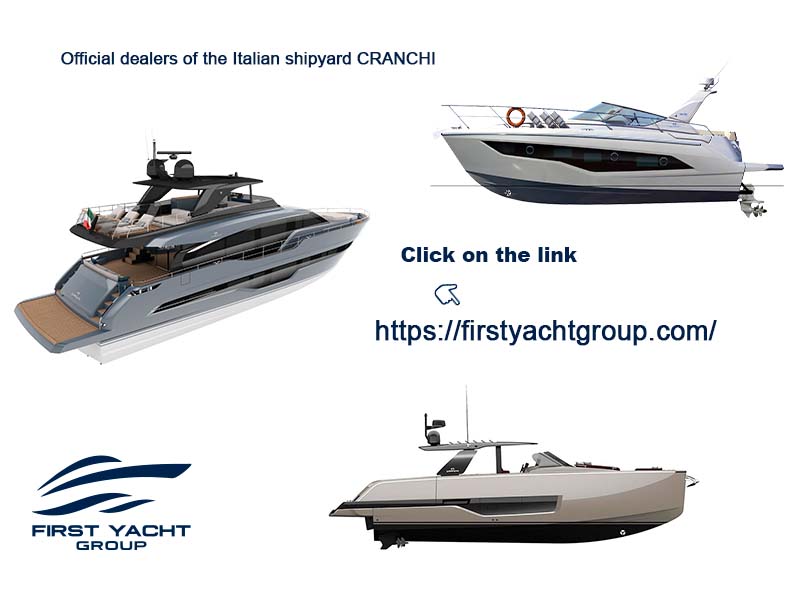Types of pneumatic weapons
The existing pneumatic guns, rifles and carbines in the world can be classified on the basis of several factors:
- Structure:
- Smoothbore, which is a pipe with flat walls inside. Such barrels reduce the accuracy and the range of weapons.
- Rifle, which gives a rotational motion to the bullet due to the strip-shaped recesses, winding along the walls of the barrel bore.
2. For shots of pneumatic weapons, energy is needed. it is created by compressed gas and there are four types of it:
- Gas-cylinder: equipped with rechargeable or replaceable cylinders containing carbon dioxide. The release of a certain amount of gas provides the energy necessary for a shot, as we know from chemical experiments, the material mentioned above boils at -57 ° C. It should also be noted that in the case of a temperature of less than 0, the muzzle energy significantly decreases, as a result of which the bullet can fall directly from the barrel.
- Gas-spring. The bullet is fired by means of a spring, and not a cylinder.
- Spring cylindrical. Before the shot as a result of the shift of the charging lever in a special container, the air pressure increases. Then, when the shooter presses the trigger, the valve opens and the stored energy comes out and the cylinder pushes the ball.
- Electrical. In this case, batteries are used, through the energy of which a shot is fired.
3. Muzzle energy: five groups can be distinguished:
- Up to 3 J. is used for teaching and entertainment.
- 3-3.5 J. creates the illusion of a combat weapon.
- 3.5-7.5 J used for paintball and airsoft.
- 7.5-25 J is used for sport shooting and hunting. In many countries, state registration is required to acquire weapons with such muzzle energy.
- Above 25 J is used for hunting and military purposes.













